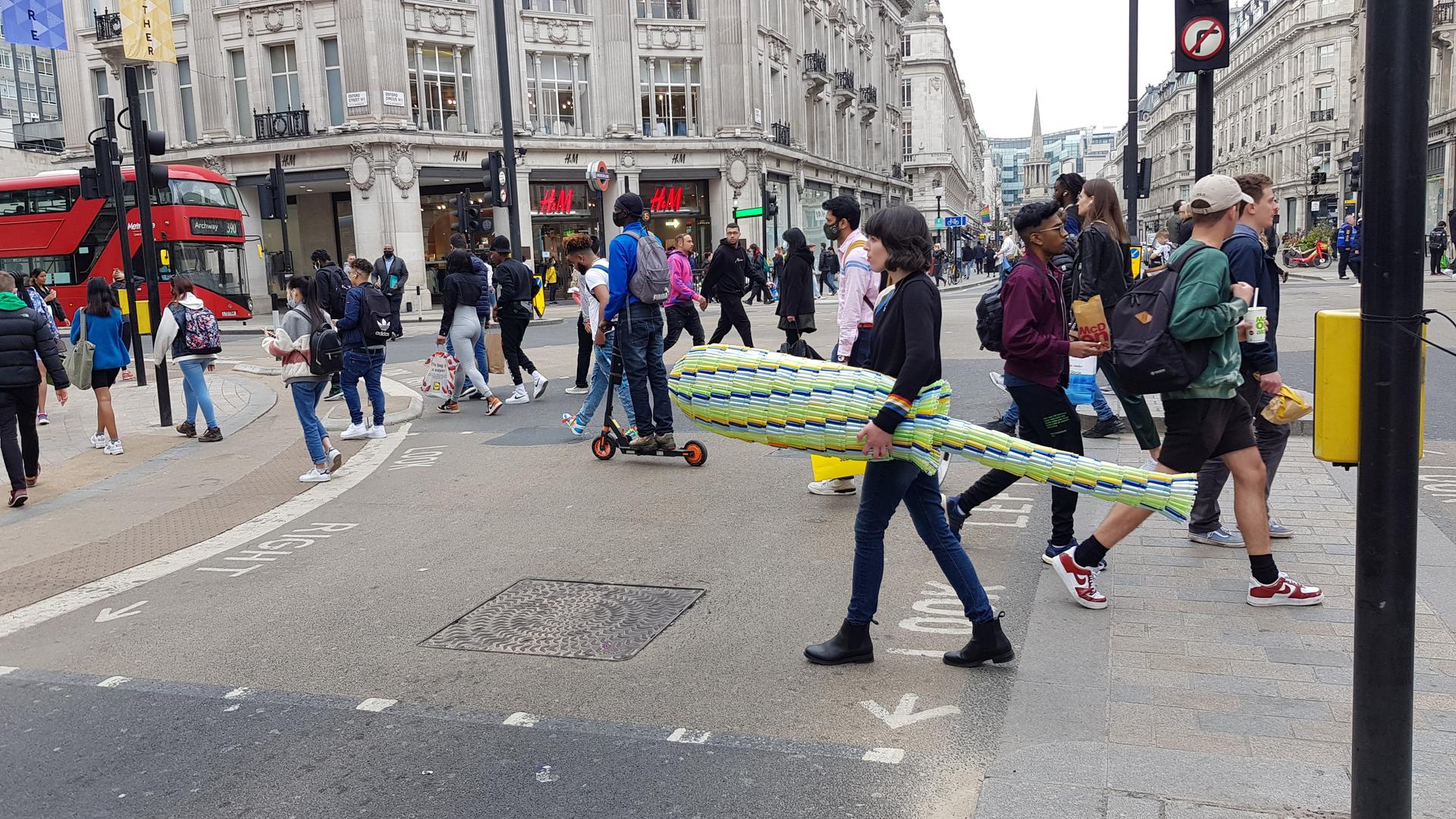After UK environmental activist Ella Daish kept finding plastic tampon applicators discarded on the beach, she got the idea to incorporate them into a piece of art: a giant tampon that she would use in her #EndPeriodPlastic campaign.
This past summer, she put out a call on social media asking people to mail her the used tampon applicators they came upon, too.
The response was overwhelming — over 2,000 tampons arrived, said Daish, who lives in Brighton.
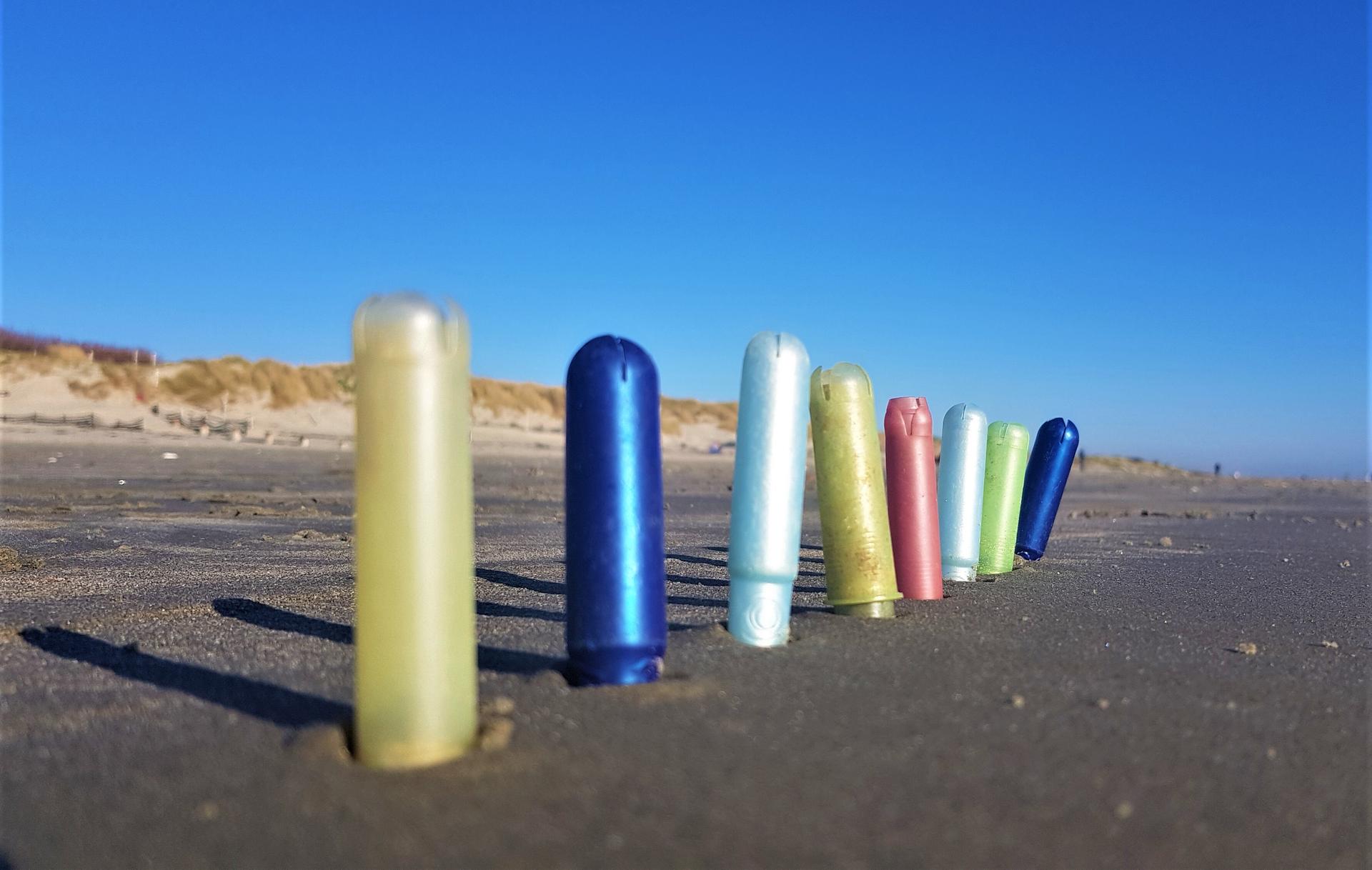
Daish received applicators ranging from the Scottish coast all the way to Cornwall in the south of the UK — and some even appeared to have come from overseas. More than 87% of the applicators had the word “Tampax” emblazoned on the side — made by US-based multinational company Procter & Gamble.
“It just goes to show how big of a slice they have in this industry,” Daish said.
Related: Global network of young people writes poems to cope with climate crisis
Daish’s goal is to end single-use plastics in menstrual products. She has had success in the three-plus years she’s been working on her #EndPeriodPlastic campaign, which has motivated her to continue to work with major brands. This past week, Daish traveled to Switzerland and marched the giant tampon — a striped, blue and green tampon sculpture that stands more than 6 feet tall — to Procter & Gamble’s European headquarters in Geneva. She said she wanted to “return” the plastic applicators to the company.
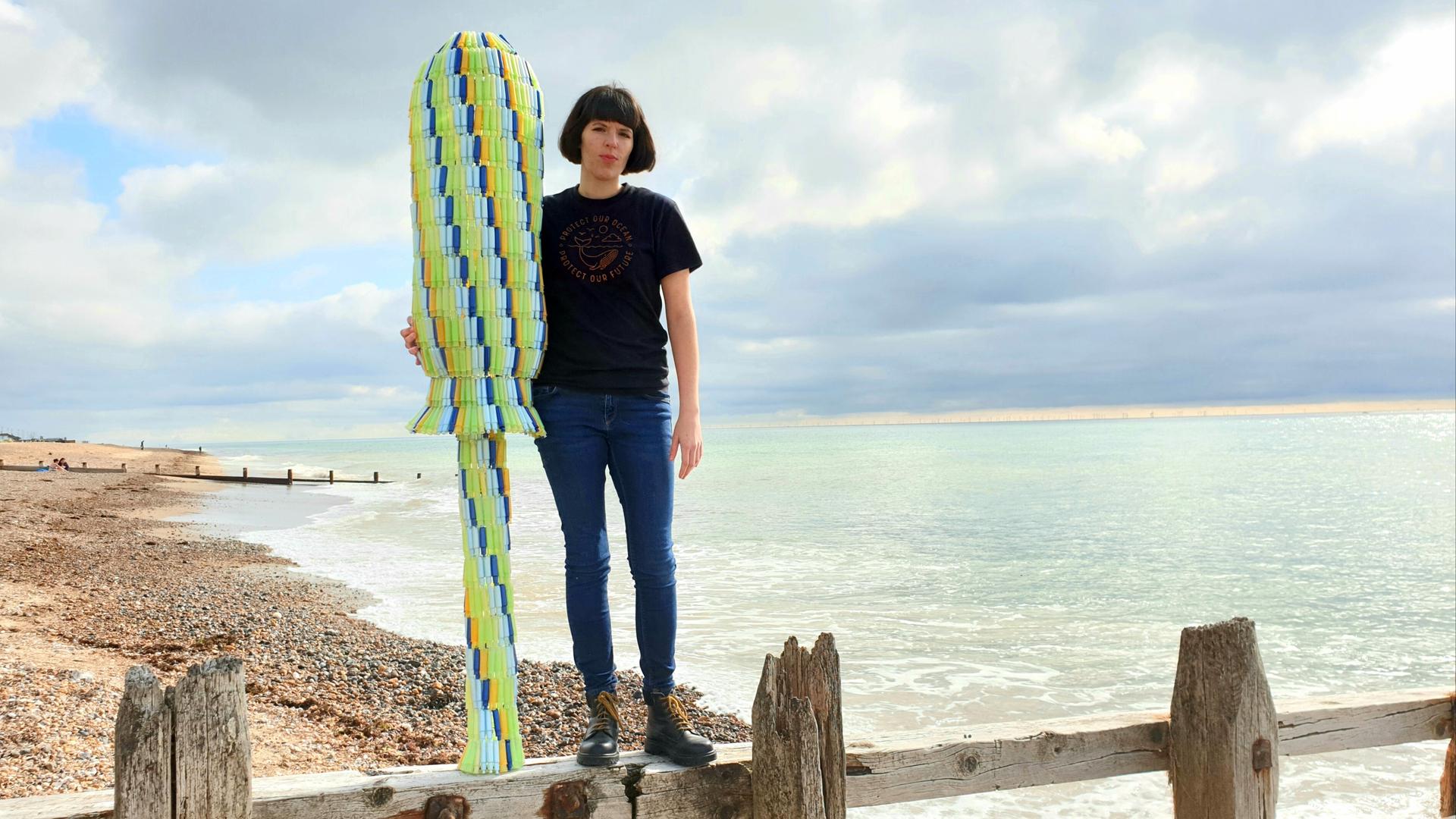
“It’s a symbol and a small representation of this global problem that their products are causing,” she said.
Daish is pushing for Procter & Gamble to develop affordable nonplastic alternatives.
“It’s been 3 1/2 years since I started this campaign now and they have not made any changes, whereas the others have, and it says a lot about who they are,” Daish said.
“We know we have an important role to play in ensuring our products have less impact on the environment,” a Procter & Gamble representative said in a statement to The World in response to Daish’s campaign. “Solutions are not straightforward, and we are working to carefully balance the expectations of the majority of tampon users that choose plastic applicators because they depend on their comfort and ease of use.”
Related: Winegrowers in France experiment with hybrid grape varieties to combat climate change
The company stated that it is raising awareness about the correct way to dispose of period products to keep them contained and out of nature.
After multiple meetings between Daish and UK-based manufacturer Lil-Lets, which sells tampons and other products in the UK, South Africa and elsewhere, the company made a plan to phase out plastic tampon applicators, and develop a reusable one.
“Since those first conversations with Ella, the strategy was, ‘As soon as we have a sustainable alternative, we will discontinue [the plastic applicators]. And that’s exactly what we’ve done now.”
“Since those first conversations with Ella, the strategy was, ‘As soon as we have a sustainable alternative, we will discontinue [the plastic applicators],’” said Abby Smith, brand manager at Lil-Lets. “And that’s exactly what we’ve done now.”
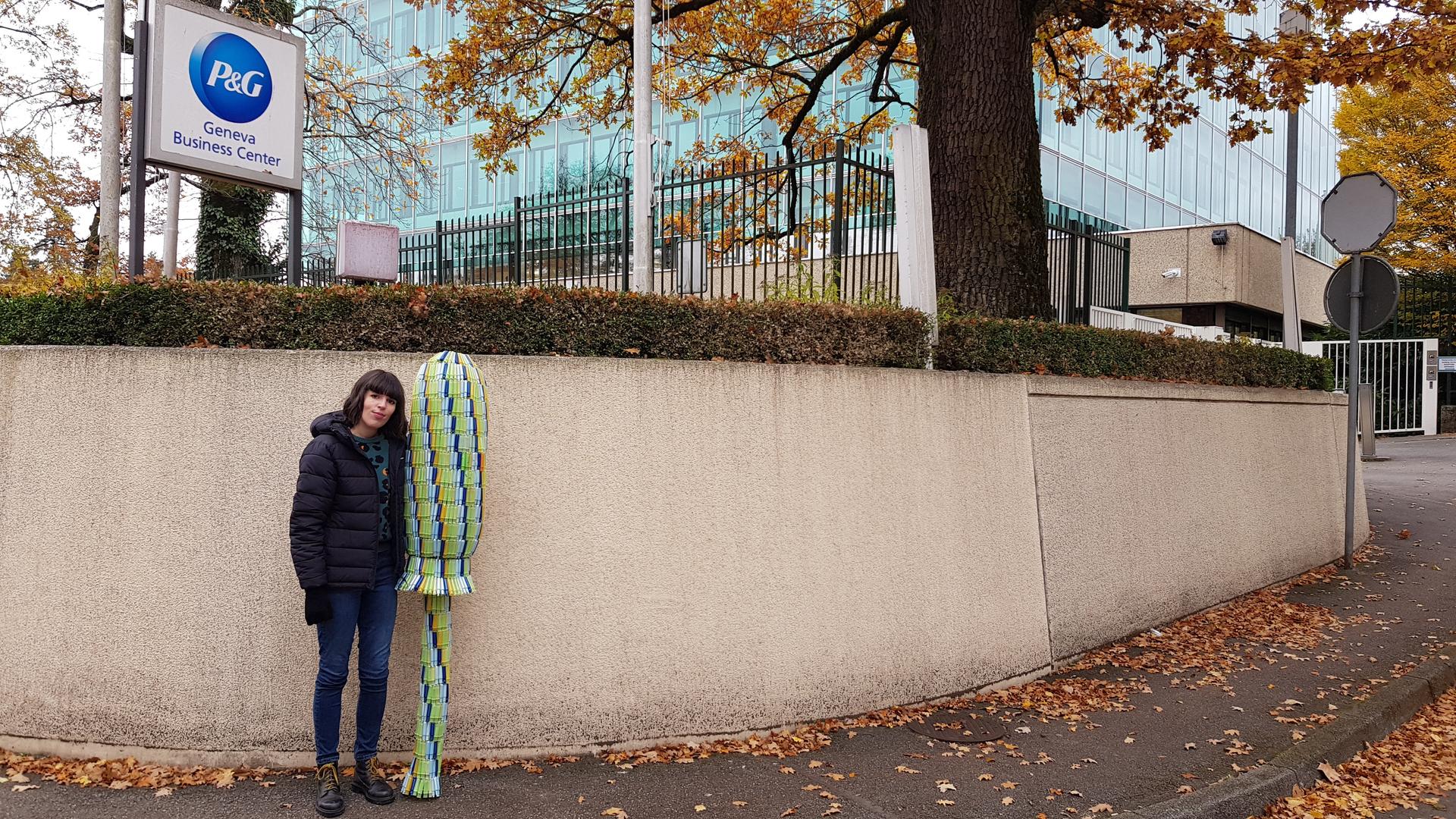
Smith said conversations with Daish helped to identify ways to improve what they could offer customers. Other changes included developing biodegradable plastic wrappers and launching an eco-friendly line.
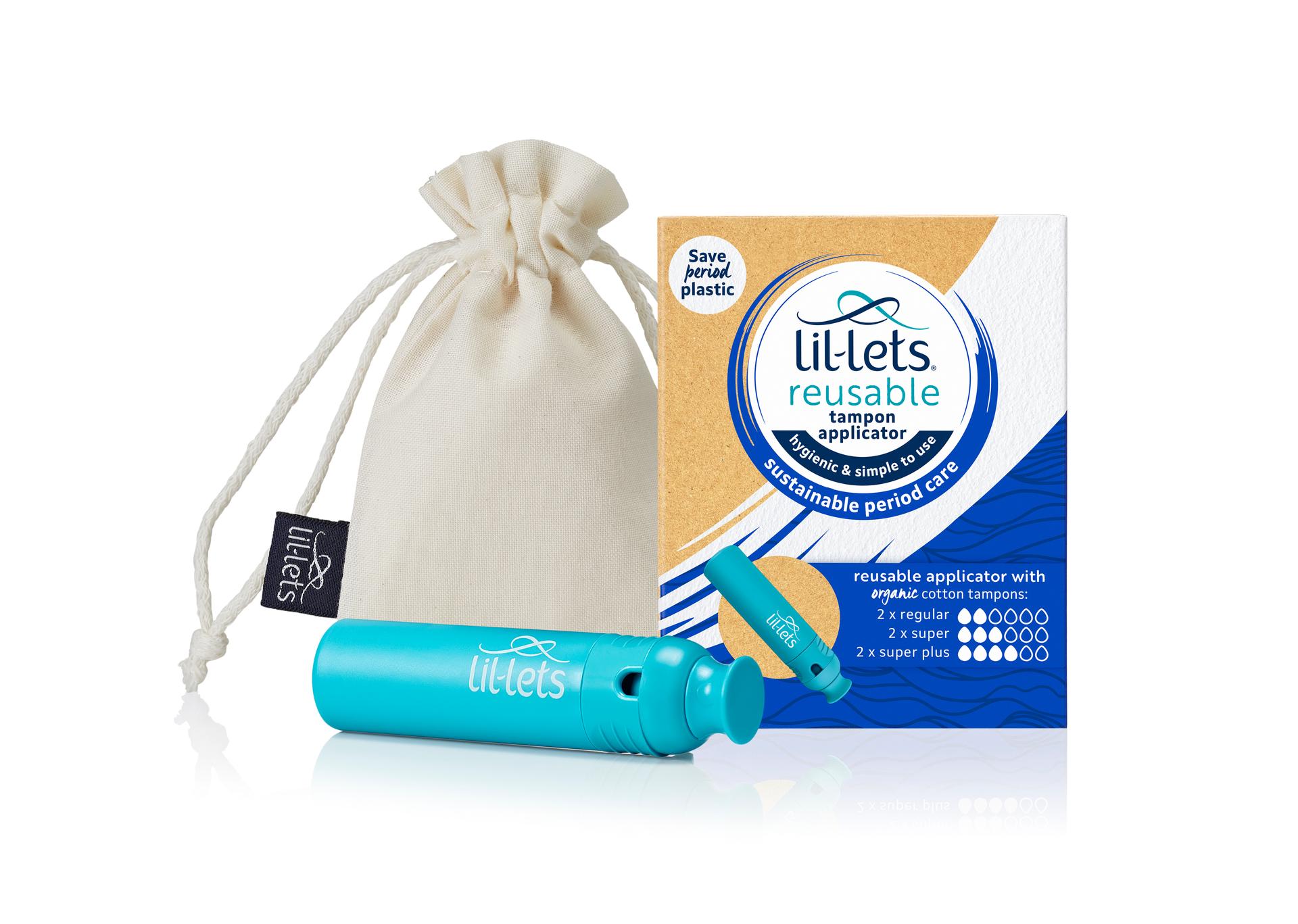
“We’re all about making those changes available in the more mainstream market,” Smith said.
Daish has also successfully encouraged major UK supermarkets to stock more nonplastic alternatives on their shelves. She believes working with companies is the most effective way to get more options available to the average person.
“[Companies] are the ones that have got the power and the money to actually be able to do something about this,” Daish said. “Individual change is so important and we all need to be doing that, but we can’t just focus on that. There has to be collective action on all levels.”
Once single-use plastics are made, containing them is really hard, said Dannielle Green, an environmental researcher at Anglia Ruskin University in the UK.
Intense storms can cause sewage systems to overflow, spilling waste into water bodies, she said. Storms are getting more intense with climate change.
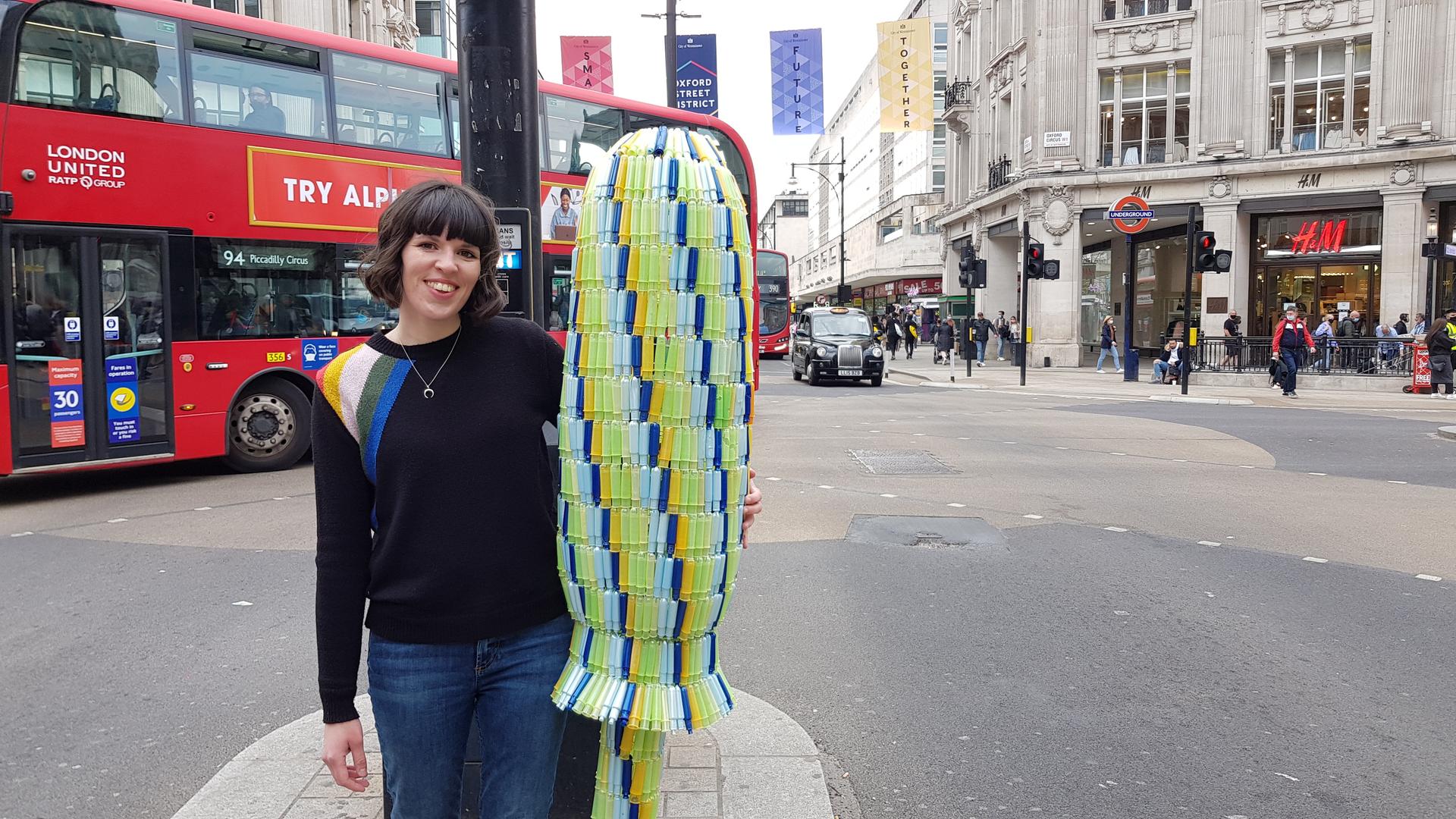
“So, we do have more situations where [flushed tampons and pads] end up escaping from the system,” she said. “Also, when they’re disposed of in litter, bins can overflow as well.”
The average menstruating person in North America and Europe will use thousands of pads and tampons in their lifetime, which translates to a lot of plastic, much of which is ending up in ecosystems, where it can last for hundreds of years.
Related: Southern Spain’s green-belt project aims to stave off impending desertification
“And they can break down into microplastics which can have effects on organisms throughout the whole food web,” Green said.
Microplastics can affect animals’ abilities to survive and reproduce, Green said.
“It’s not just the big stuff. Once you can’t see it anymore, it doesn’t mean it’s disappeared from the system.”
A 2019 study by Green and others found that overall, awareness about the environmental impact of single-use period products was low. Many people didn’t realize that products contained plastic, and many didn’t know that you’re not supposed to flush menstrual products down the toilet.
Ignorance about the environmental impact of plastic period products is common around the world.
“It is important for women to have access to menstrual products, but I think it’s equally important that women have the knowledge. Most women, even in urban areas where the education levels are higher, do not realize what alternate products exist.”
“It is important for women to have access to menstrual products, but I think it’s equally important that women have the knowledge,” said Priti Mahesh, chief program coordinator with Toxics Link, an environmental organization in India. “Most women, even in urban areas where the education levels are higher, do not realize what alternate products exist.”
Many nongovernmental organizations have been pushing to increase access to menstrual products around India, but Mahesh said it’s important that the environmental impact is considered.
“It’s good. We do want menstrual hygiene,” she said. “So, how do you push for the right kind of products, or at least give a range of products?”
Mahesh said that cultural taboos about menstruation make it hard to even talk about this stuff in India.
Menstrual stigma is a global phenomenon, said Chris Bobel, a professor of gender and sexuality studies at the University of Massachusetts Boston.
“The orientation of most menstruators is one of an urgent need to hide the fact of menstruation,” Bobel said. “‘Give me what’s most efficient, give me what I can carry around easily in my bag.’ That all adds up to often high-plastic content materials that we can dispose of discreetly.”
Confronting companies like Procter & Gamble is important, she said, but people won’t reach for new sustainable products unless they feel comfortable with themselves.
“Menstrual stigma is ingenious at suppressing inquiry,” she said.
For Daish, walking around the city with a giant plastic tampon is a good way to get a conversation started.
The World is an independent newsroom. We’re not funded by billionaires; instead, we rely on readers and listeners like you. As a listener, you’re a crucial part of our team and our global community. Your support is vital to running our nonprofit newsroom, and we can’t do this work without you. Will you support The World with a gift today? Donations made between now and Dec. 31 will be matched 1:1. Thanks for investing in our work!
